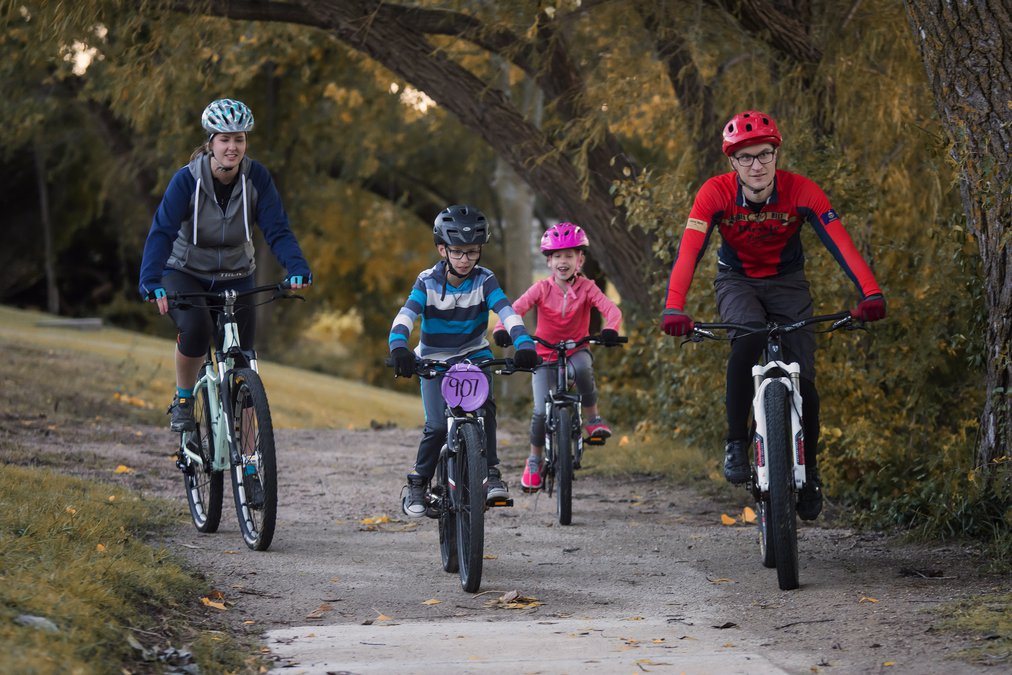Remote learning during the COVID-19 pandemic has created new challenges for educators, including the challenge to make sure kids stay physically active. Many parents and pediatricians are also concerned that the trend of not being active has led to weight gain in children.
The “Quarantine 15,” a reference to packing on pounds during the pandemic, is affecting youth as well as adults in America, according to pediatric specialists such as Dr. Susanna Block in Seattle.
Last April, Andrew Rundle, DrPH, associate professor of epidemiology at Columbia University Mailman School of Public Health, warned that increased out-of-school time for students would exacerbate risk factors for weight gain.
“The COVID-19 pandemic is responsible for widespread sickness and death, straining health-care systems, shutting down economies, and closing school districts,” Rundle said in an article for the journal of the Obesity Society. “While it is a priority to mitigate its immediate impact, it is important to consider ways to prevent its long-term effects, including new risks for childhood obesity.”
Fortunately, experts also offer advice to help stop the trend of couch potato kids.
While Great Bend schools did close for the spring 2020 semester last March, they were able to reopen in the fall. However, some families have chosen to continue with remote education.
Physical Education is still part of the school day, even for remote learners. Great Bend High School PE instructor Shelly Duvall has created “choice boards” for remote learners to engage in physical activity. Students keep a PE log as part of their daily education and choose from the suggestions given. This can include anything from doing the Just Dance “Eye of the Tiger” workout on YouTube to walking or running for one mile. Other choices are to eat three servings of vegetables in one day or to take a 24-hour break from all social media.
Donna Krug from the K-State Research and Extension office in Great Bend has more suggestions for keeping even young kids active at home. Before turning on a TV, iPad or other device, other than for school, kids should complete a set list of tasks, she suggests. Ask if they have made their bed, eaten breakfast, dressed, brushed their teeth and brushed their hair. Then, add to the checklist:
• 20 minutes of reading
• 20 minutes of writing or coloring
• Clean up one room in the house
• Play outside for 30 minutes
• Make or build something creative (Legos, craft, sand, food, etc.)
• Help someone in the family
One more thing families can do any time of year is to plan some kind of service project, she said.
Reversing the trend
Dr. Block said focusing on weight isn’t as important as embracing healthy habits of moving, healthy snacks and good sleep.
At the end of December, the U.S. Department of Agriculture and (USDA) and Health and Human Services (HHS) released the Dietary Guidelines for Americans, 2020-2025. There are four overarching guidelines in the 2020-2025 edition:
• Follow a healthy dietary pattern at every life stage.
• Customize and enjoy nutrient-dense food and beverage choices to reflect personal preferences, cultural traditions, and budgetary considerations.
• Focus on meeting food group needs with nutrient-dense foods and beverages, and stay within calorie limits.
• Limit foods and beverages higher in added sugars, saturated fat, and sodium, and limit alcoholic beverages.
Physical activity
According to the Centers for Disease Control and Prevention (CDC), the amount of physical activity kids need depends on their age, and ranges from being active throughout the day for preschool-aged children (ages 3 through 5 years) to being active for 60 minutes or more for school-aged children and adolescents (ages 6 through 17 years). “Encourage your child to participate in activities that are age-appropriate, enjoyable, and offer variety.”
The CDC suggests three types of physical activity should be included each week for children and adolescents:
1. Aerobic Activity - Most of your child’s daily 60 minutes of physical activity should be aerobic activities, like walking, running, or anything that makes their hearts beat faster. In addition, encourage them to do aerobic activities at least 3 days a week that make them breathe fast and their hearts pound.
2. Muscle-Strengthening - Include muscle-strengthening activities, such as climbing or doing push-ups, at least 3 days per week as part of your child’s daily 60 minutes or more.
3. Bone-Strengthening - Include bone-strengthening activities, such as jumping or running, at least 3 days per week as part of your child’s daily 60 minutes or more.






